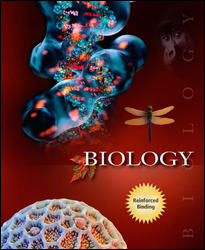 
Biology, Eighth Edition (Raven)Chapter 11:
Sexual Reproduction and MeiosisLearning OutcomesChapter 11
- Explain why both meiosis and syngamy are necessary for continued sexual reproduction.
- Differentiate between haploid and diploid in terms of genetic composition and indicate whether associated with somatic or gametic cells.
- Discuss the three major features that differentiate meiosis and mitosis.
- Identify the stages of meiosis I and the characteristic events of each stage.
- Describe the characteristic events of each stage of meiosis II and indicate how these events resemble mitosis.
- Explain how the homologues are held together during prophase I.
- Understand the genetic consequences of synaptonemal crossing over.
- Describe how the spindle-fiber attachment to chromosomes differs between mitosis and meiosis.
- Understand how and at what stage(s) chromosomes assort independently during meiosis.
- Understand how sexual reproduction is different from asexual reproduction.
- Indicate the evolutionary advantages and disadvantages of sexual reproduction and describe the most current explanations for its development.
- Understand the ultimate genetic and evolutionary consequences of meiosis and sexual reproduction.
 |  |
|





